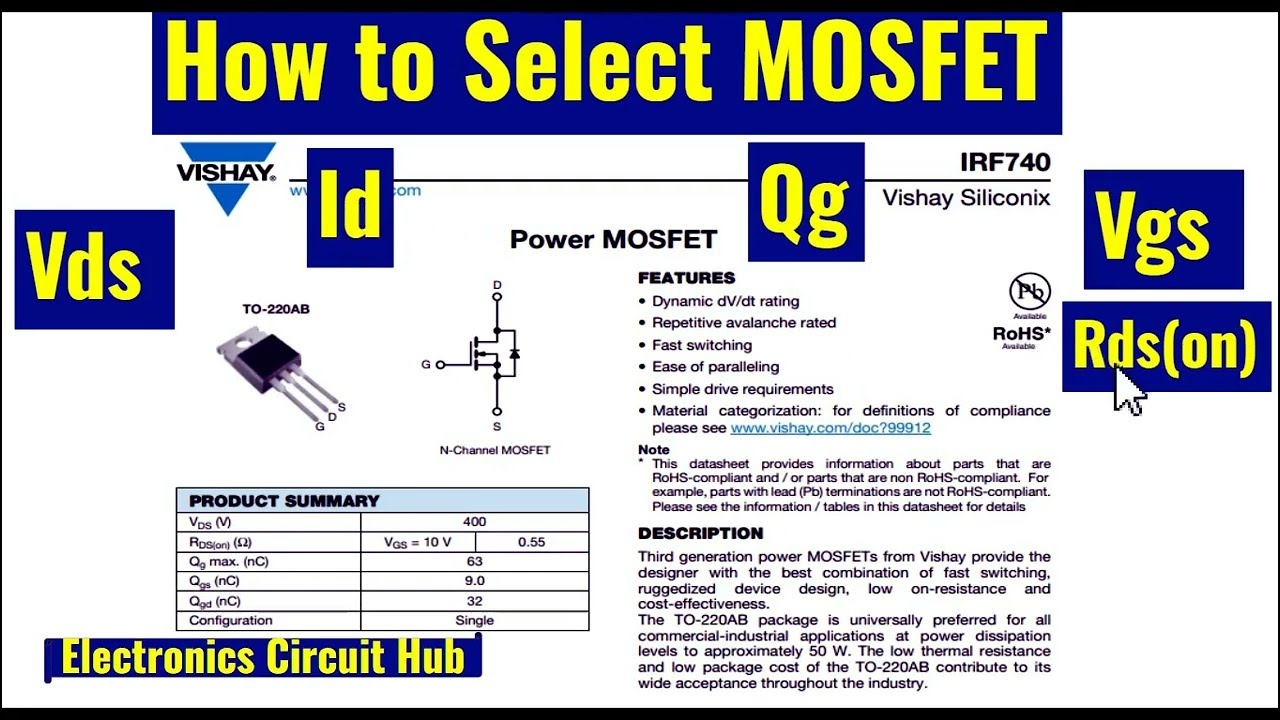Why I Started Looking Into High-Power MOSFETs
So last week I was messing with this buck converter circuit for my 3D printer power mod. Fried two boards in a row – turns out my cheap MOSFETs couldn’t handle the current spikes when the bed heater kicked in. Smell like burnt plastic? Yeah, that’s your MOSFET saying goodbye.
How I Figured Out What Actually Matters
First I googled “power MOSFET specs” and nearly choked seeing 20 different parameters. Cut the crap with this mess:
- Voltage rating: Grabbed my multimeter – peak voltage at the gate was around 30V, so anything above 40V should be safe.
- Current handling: Printer bed pulls 12A at full blast, so needed something that handles at least 20A continuous.
- Rds(on) resistance: This decides how hot it’ll get. Anything under 10 milliohms won’t turn into a stove.
- Gate charge: Lower means faster switching – looked for stuff under 60nC since I’m PWM-ing at 25kHz.
Btw totally ignored fancy stuff like reverse recovery time for this project. Ain’t working with RF here.
My Garage Test Method
Went to my parts bin and pulled four candidates: IRF540N, IRLB8748, FQP30N06L and this random ST one with no datasheet. Hooked each up to:
- Bench power supply
- Dummy load (car light bulb + resistor)
- Oscilloscope to check switching speed
- Cheapo IR thermometer to monitor heat
Ran each at 15V/10A continuously while PWM cycling like crazy. Results were wild:
- IRF540N got so hot I could fry eggs after 3 mins
- The mystery ST part shorted and took my fuse with it
- FQP30N06L did okay but switching was sluggish
- IRLB8748 stayed cool as a cucumber while switching clean
Why I Ended Up Picking the IRLB8748
That little guy passed all my ghetto tests, plus it only cost like $1.20 from my local electronics shop. Funny thing is I nearly skipped it because the datasheet looks like alien math. Should’ve checked online forums sooner – every drone builder swears by these for high-current stuff.

Installed it yesterday and ran the printer for six hours straight. Touched the MOSFET – barely warm! Success smells way better than burnt silicon. Moral of the story? Ignore marketing fluff and test in real conditions with your actual load.

